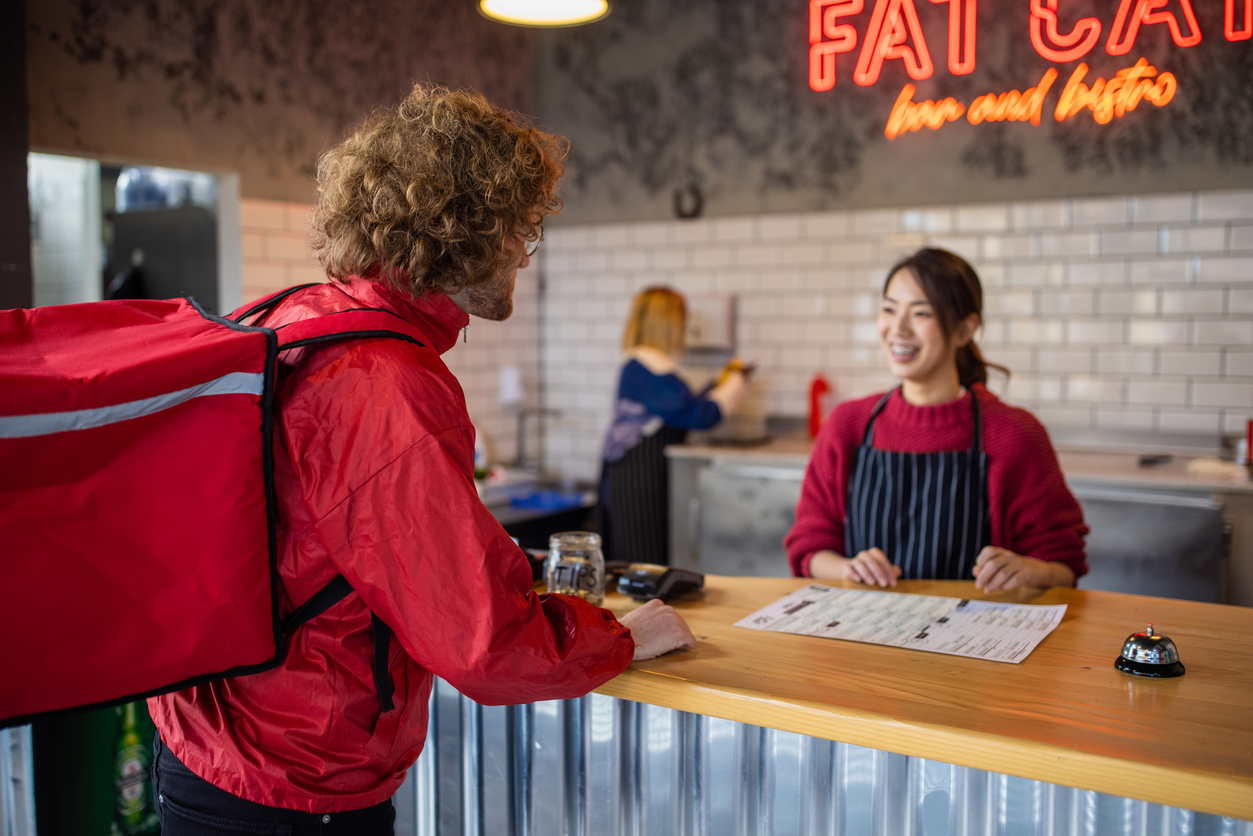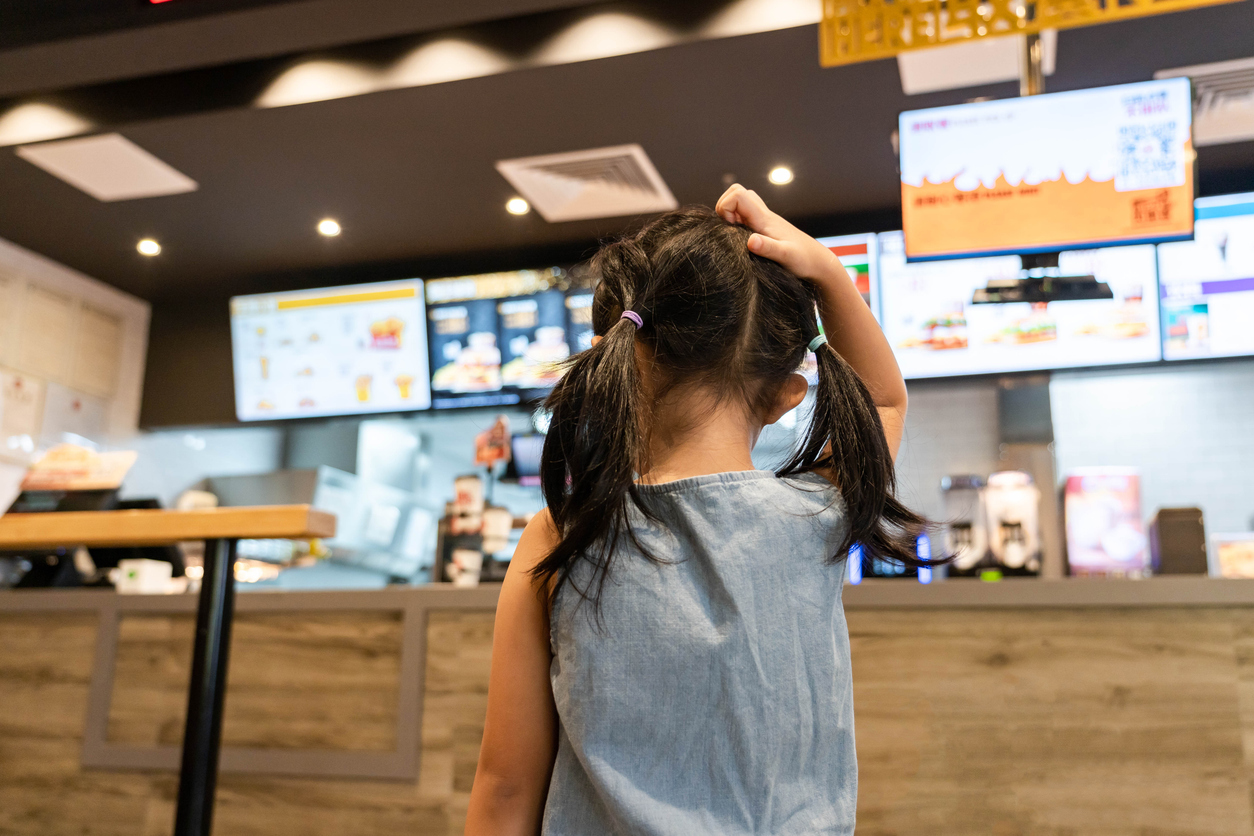Focus on Foods that Travel Well
- Prevent Soggy Food
- Prevent sogginess and let the customer customize their meal by separating sauces and menu items that are high in moisture. Using packaging with a small vent or adding a tiny hole can help release steam which can ruin foods that are meant to be crisp or crunchy.
- Separate Hot/Cold Food
- Packing hot and cold food together is a poor review waiting to happen. Keeping these items separate will help these foods retain their intended temperature longer. While it may cost more, consider springing for containers with compartments.
Create Delivery & Takeout Specific Menus
- Start Small - When starting off with online orders, you don’t need to include your entire menu. Start with what you know are popular items that will survive the trip to the customer's kitchen table. Also, when the option is available, limit your delivery radius. Start with closer customers and gradually extend your delivery radius.
- Tweak Your Offerings - Some items just don’t travel well and simply removing them from your off-premise menu can save a lot of frustration in the long run. Alternatively, when possible, you can tweak a popular item into something similar that is "travel friendly."
Retain Your Customer Service
- Provide Reheating Instructions - Many restaurants are also finding it helpful to provide reheating instructions with the meal just in case. After all, a quick warm-up in the toaster may save the meal by keeping its intended texture intact, whereas a customer may have defaulted to reheating it in the microwave.
- Including tips on how to properly reheat the meal if it’s cooled off a bit may just save your restaurant a bad review.
- Provide Comprehensive Pictures/Descriptions – Customers won’t be able to ask questions of your staff when ordering online. Detailed descriptions and photos help the customer better understand what they are ordering.
- Add a Human Touch – Include a note from the chef on the receipt or a thank you message from the owner. A little personalization can go a long way to building loyalty.
For a great resource on a modern approach to restaurant customer service, check out this article from our partner Toast - The New Steps of Service
Promote Online Ordering In-Store
- Don’t Leave Them Guessing – Don’t make your customers wonder if you have online ordering or not. Promote your takeout and online ordering in store (window displays, posters, etc.) and externally (flyers, mailers, etc.). Put delivery into the mind of those walking or driving past your restaurant and your food may just end up on their home table later in the day.
- Including tips on how to properly reheat the meal if it’s cooled off a bit may just save your restaurant a bad review.
- Refresh Your Answering Service Messaging – In addition to your hours and standard messaging, include instructions on how to order online.
- Hold Message Example: "Thank you for calling [Restaurant Name]! We appreciate you choosing to dine with us more than we can express and thank you so much for your patience. And by the way, you can also get immediate service by visiting [Your Restaurant].com to order online for takeout or delivery.”
- Daily Specials Work Online Too – Many restaurants lose out on online customers taking advantage of their daily specials because it takes too much effort to update their channels' menus. Utilizing a POS integration and menu management tool eliminates the extra effort as changes made in your POS are automatically "pushed" to all of your ordering platforms.
Improve Your Online Presence
- Update Your Google My Business Info – How easy is your restaurant to find online? If you have not done so already, claim your listing on Google My Business. Then, edit your listing to add your online ordering system into your restaurant’s Google profile — you can also share your online ordering site through Google’s Posts feature.
- Use Facebook, Instagram & Twitter to Promote Your Restaurant – Not sure what to post? Daily specials, updates (menu, hours, etc.), photos of your food, and messages from your restaurant’s chefs or owners make great posts. Direct those accessing your social media content right to your restaurant’s website or online ordering platforms.
- Food doesn’t just need to taste good; it also needs to be visually pleasing. Instagram is a great tool to visually capture the attention of potential customers.
- Use Hashtags – Include popular hashtags to get your content in front of those actively searching for food options. These include #food, #restaurants, #[city]restaurant, and #[city]restaurants.
- Don’t forget to use your own restaurant’s name as a hashtag too. Many restaurants have found success by developing unique ways like contests to promote their own hashtags.
Take Advantage of Modern Technology
- Integrate Your POS to Your Ordering Platforms - Restaurant technology has evolved dramatically in the past few years. Using POS integrators like Checkmate to Manage orders, items, modifiers, descriptions, pricing, images, & availability all within your Square POS. Updates in your POS are automatically synced with all of your ordering platforms
- Toss the tablets & eliminate errors caused by manual order entry





